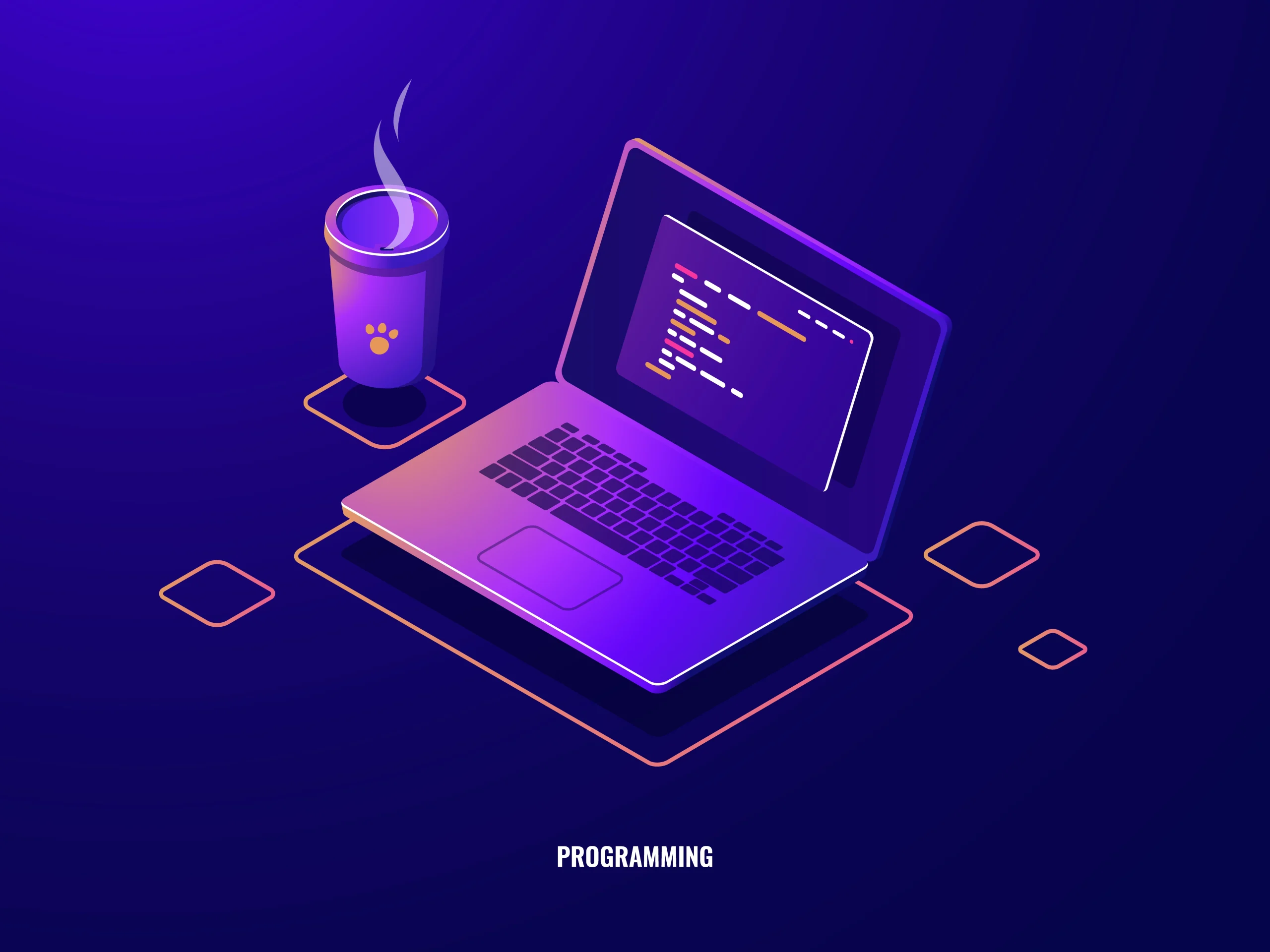In the fast-evolving landscape of technology, two fields have captured the imagination of researchers, developers, and enthusiasts alike: Virtual Reality (VR) and Artificial Intelligence (AI). These domains have the potential to reshape how we interact with computers and the world around us. At the heart of their development lies the pivotal role of programming languages. Programming languages serve as the foundation upon which the intricate worlds of VR and AI are built, enabling developers to bring their creative visions to life.
Virtual Reality (VR) and Its Programming Language Landscape
Virtual Reality, a technology that immerses users in computer-generated environments, has made significant strides in recent years. From gaming and entertainment to healthcare and education, VR has applications across diverse sectors. The creation of these immersive environments is a complex task that demands a unique set of programming tools and languages.
Among the most prominent programming languages used in VR development is C#. With its integration into platforms like Unity3D, C# enables developers to create interactive and visually stunning VR experiences. Unity3D, a widely-used game engine, provides a comprehensive development environment for VR applications and supports various VR devices. C# empowers developers to manipulate virtual objects, implement physics-based interactions, and control user interfaces within VR environments.
Another notable programming language in the VR landscape is C++. While C++ is known for its performance-intensive capabilities, it remains a popular choice for VR development, especially for applications that require real-time rendering and computational efficiency. This is particularly evident in the development of high-end VR experiences where responsiveness and visual fidelity are crucial.
Artificial Intelligence (AI) and Its Multifaceted Programming Languages
Artificial Intelligence, the simulation of human intelligence processes by machines, has seen remarkable advancements thanks to the synergy between AI and programming languages. From natural language processing and machine learning to computer vision and autonomous systems, AI applications are vast and varied.
Python has emerged as a dominant force in AI programming. Its simplicity, readability, and extensive libraries have made it a go-to language for AI development. Libraries like TensorFlow and PyTorch provide powerful tools for building and training neural networks, a fundamental aspect of modern AI. Python’s versatility allows researchers and developers to prototype AI models swiftly and experiment with different algorithms.
On the other hand, languages like Java and C++ also contribute significantly to AI development, particularly in areas that demand robustness, performance, and scalability. Java’s platform independence and C++’s efficiency make them suitable choices for AI applications deployed in resource-constrained environments or systems requiring real-time processing.
The Symbiotic Relationship: Programming Languages and Innovation
In both VR and AI development, programming languages play a critical role in driving innovation. The dynamic nature of these technologies requires languages that can adapt to evolving needs. Additionally, the open-source community has been instrumental in advancing VR and AI by creating libraries, frameworks, and tools that simplify development.
Furthermore, the intersection of VR and AI is shaping a new frontier of possibilities. AI algorithms can enhance VR experiences by enabling more realistic behaviors of virtual entities and creating adaptive environments that respond to users’ actions in real time. This fusion of technologies demands languages that can facilitate seamless integration between AI and VR components.
Challenges and Future Directions
While programming languages have enabled groundbreaking advancements in VR and AI, challenges persist. The intricate nature of VR demands highly optimized code to ensure smooth interactions and prevent motion sickness. AI, on the other hand, grapples with ethical considerations and biases embedded in algorithms, necessitating careful programming and constant vigilance.
Looking ahead, the future of VR and AI programming languages holds exciting prospects. As these technologies become more democratized, languages that prioritize accessibility and ease of use will likely gain prominence. Additionally, languages that allow for efficient parallel processing will play a crucial role in handling the immense computational requirements of both VR and AI applications.
Conclusion
In the ongoing journey of technological innovation, programming languages stand as the unsung heroes powering the realms of Virtual Reality and Artificial Intelligence. Their adaptability, performance, and versatility determine the pace at which these fields advance. As VR and AI continue to reshape our world, the programming languages underpinning them will remain instrumental in turning concepts into tangible, immersive experiences, and intelligent systems that push the boundaries of what’s possible.
